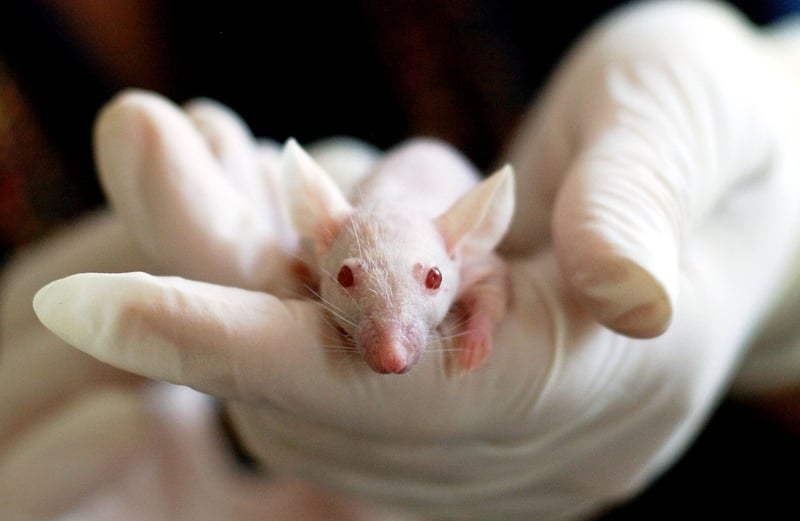Extremophile Research
Exploring Life in Space: Extremophile Research in Space Missions
Space exploration has always captivated the human imagination. As we venture into the unknown, scientists are continuously studying the possibility of life beyond Earth. One fascinating area of research in this quest is the study of extremophiles and their potential existence in space.
What are Extremophiles?
Extremophiles are organisms that thrive in extreme environments that would be detrimental or even fatal to most life forms. These resilient creatures have been found in locations such as deep-sea hydrothermal vents, acidic hot springs, and even in the icy landscapes of Antarctica.
Implications for Space Exploration
The study of extremophiles is crucial for space exploration as it helps scientists understand the limits of life and the conditions under which it can survive. By studying these organisms, researchers hope to uncover clues about the potential for life on other planets or moons within our solar system.

Extremophile Research in Space Missions
Recent space missions have incorporated extremophile research to simulate conditions that exist on other celestial bodies. By exposing extremophiles to the harsh environments of space, scientists can observe how these organisms react and adapt, providing valuable insights into the possibility of life beyond Earth.
Future Prospects
As technology advances and our understanding of extremophiles deepens, future space missions are likely to focus even more on the search for life in space. By leveraging extremophile research, scientists are paving the way for groundbreaking discoveries that could revolutionize our understanding of the universe.
Join us in the exciting journey of exploring life in space and stay tuned for more updates on extremophile research in upcoming space missions!
